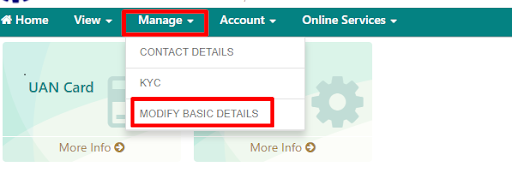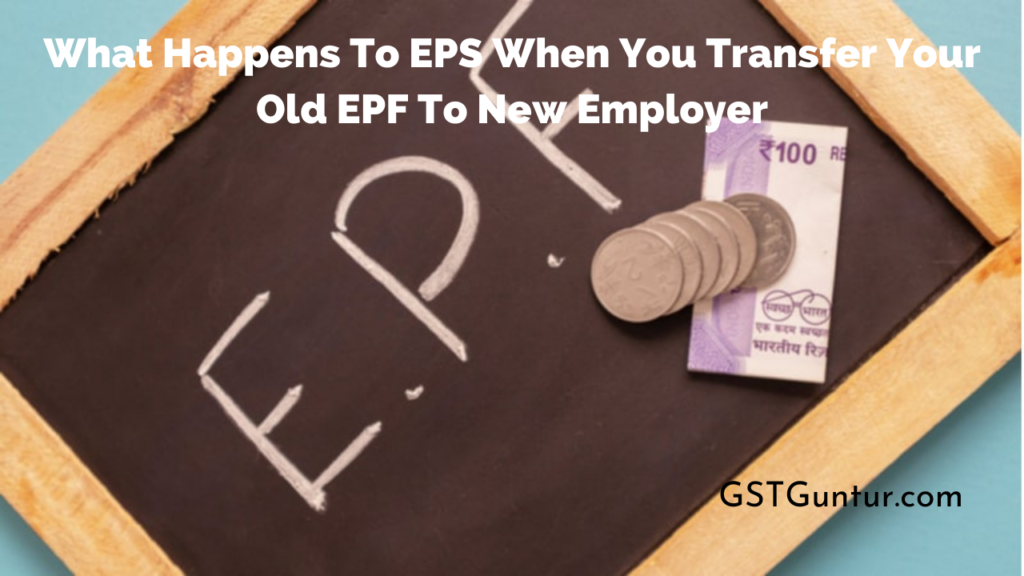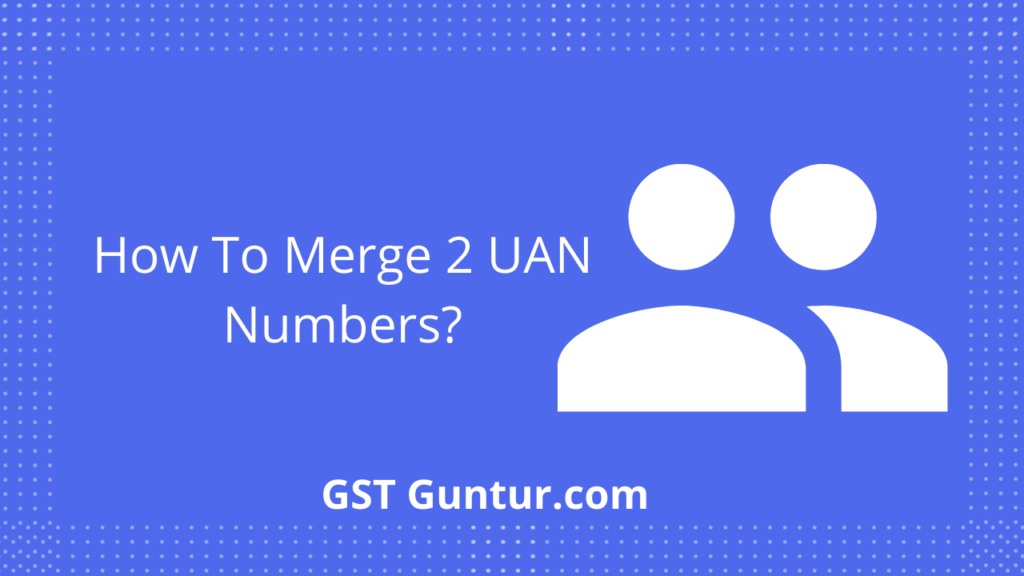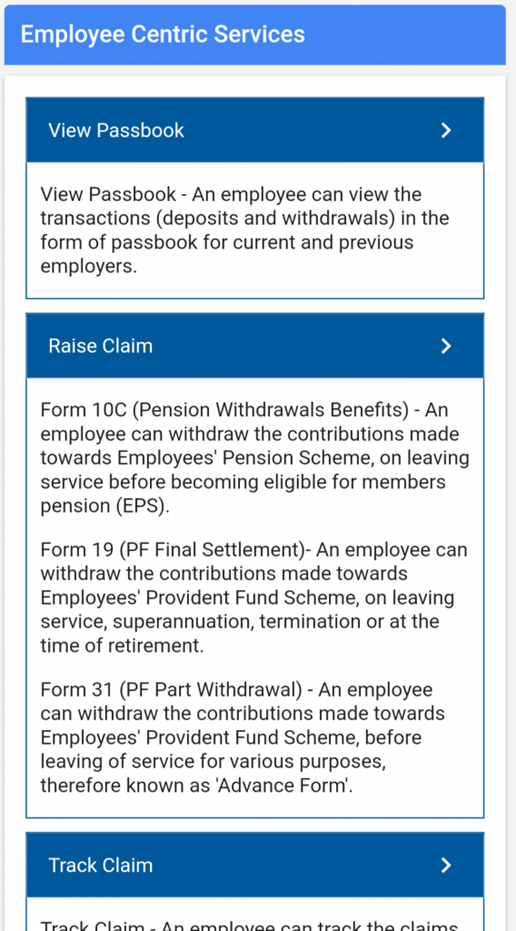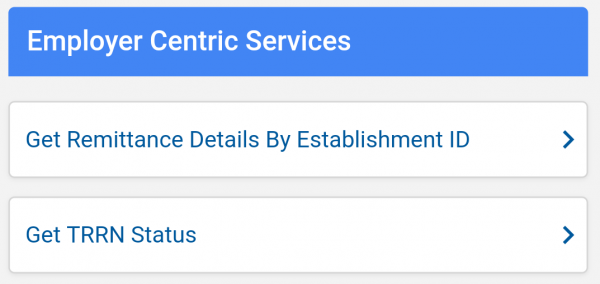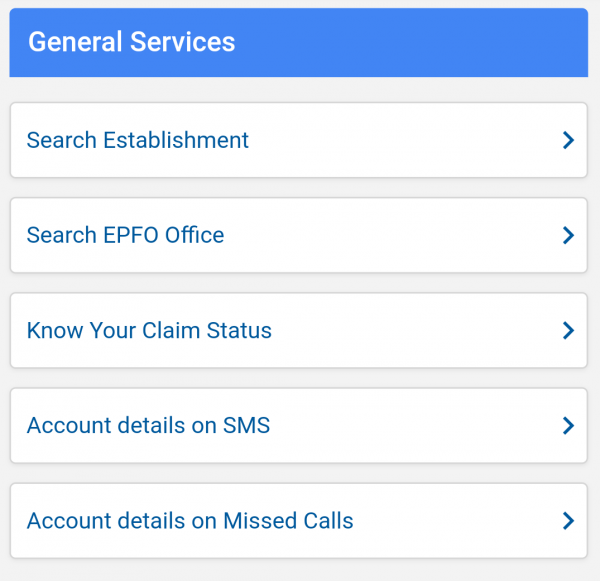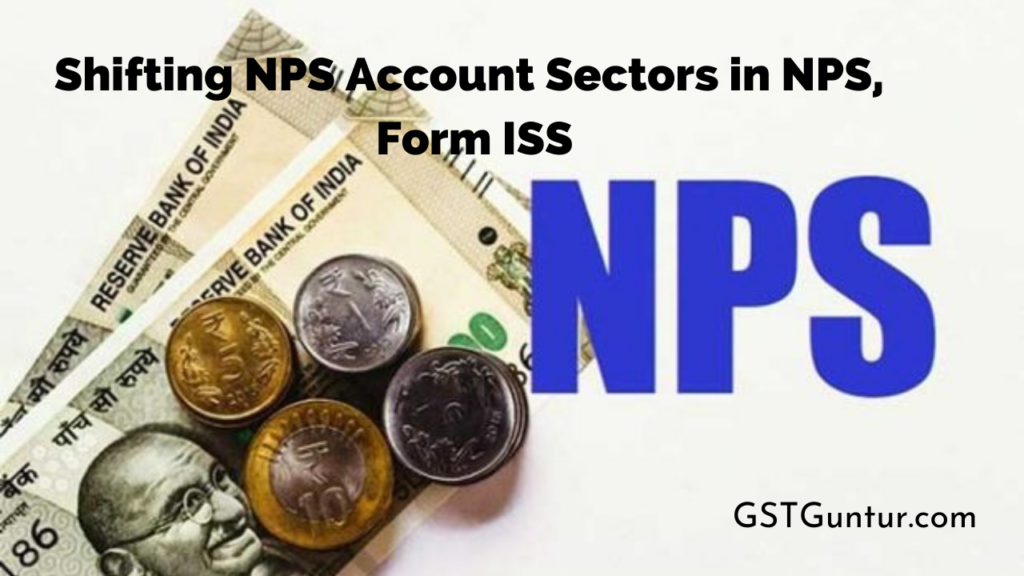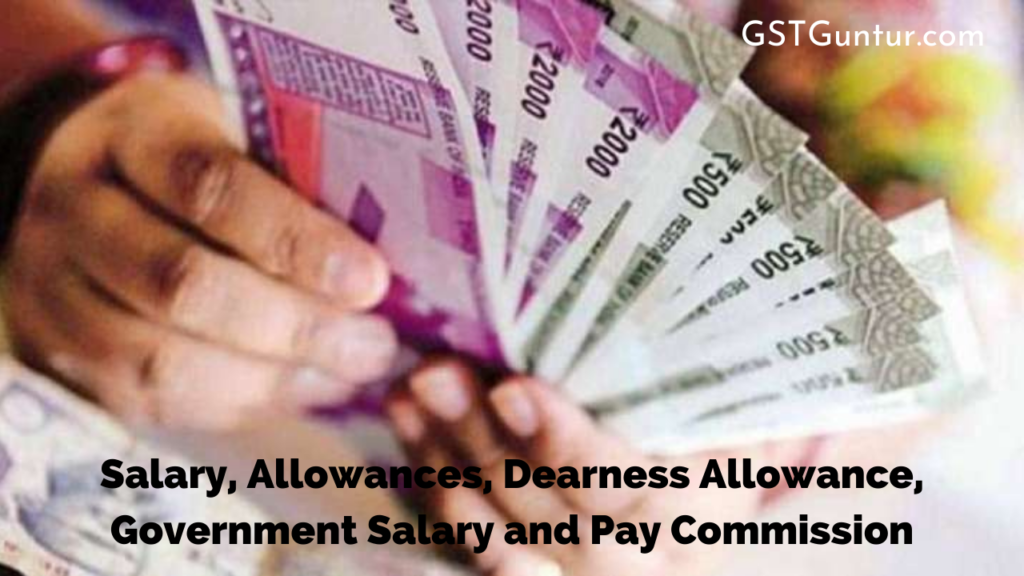Public Provident Fund (PPF) and Its Benefits
- What is PPF?
- PPF Tax Benefits
- PPF Interest Rate
- PPF Interest Rate Chart
- Opening PPF Account
- Documents Required to Open a PPF Account
- PPF Depositing Amount
- Period and Lock-in Period
- Withdrawal of Amount from PPF
- Closure of PPF Account
- List of Banks where PPF Account can be Opened
- Extension of PPF Account Beyond 15 Years
- Loan against PPF
- FAQ’s on PPF Public Provident Fund
What is PPF?
Public Provident Fund (PPF) is a tax-free renowned scheme that is related to small-time savings. The interest earned in a Public Provident Fund is at an 8% tax-free interest rate. In terms of long-term investment, the Public Provident Fund is a crucial yet beneficial tool for individuals. Individuals enjoy benefits like tax exemption and tax-free interest under Section 80C as well as guaranteed returns.
PPF Tax Benefits
- An individual has to deposit Rs.500 minimum per year in his/her PPF account.
- A deposit of Rs.1,50,000 is the maximum limit in a PPF account. A deposit of Rs.70,000 was the earliest maximum limit in a PPF account but it changed to Rs.1,00,000 after 30th November 2011 i.e. from 1st December 2011. In August 2014, the new maximum limit for a deposit in a PPF account was set to Rs.1,50,000.
- According to Section 80C, the limit set for the amount invested by an individual who is eligible for deduction is under Rs.1,50,000. Insurance premiums and children’s school fees are some beneficial expenses under Section 80C as deductions. ELSS, 5-year FD’s, NSC, etc, are some of the approved investment mediums that come under Section 80C as deductions. (Rs.1,50,000 was the revised limit set in August 2014 under section 80C)
- As interest is tax-free, at the time of accrual or receipts, it is not taxable. Tax exemption is also applicable on Premature Withdrawal of PPF.
PPF Interest Rate
In the year 2016-17, the interest rate dropped down to 8.1%.
The calculation of interest is compounded on an annual basis. At the end of every financial year, interest is credited. The calculation of PPF is done monthly operating on the lowest balance from the end of the 5th day to the last day of the month, nevertheless the interest into the PPF account is only added back at the end of the financial year.
The Government decides the interest rates and hence, they are the same in all the banks and post offices. No TDS is deducted on the amount of a PPF as interest is exempted.
PPF Interest Rate Chart
PPF Interest rate chart is here as follows;
| FINANCIAL YEAR | PPF INTEREST RATE |
| 2000-01 | 11% |
| 2001-02 | 9.5% |
| 2002-03 | 9% |
| 2003-04 | 8% |
| 2004-05 | 8% |
| 2005-06 | 8% |
| 2006-07 | 8% |
| 2007-08 | 8% |
| 2008-09 | 8% |
| 2009-10 | 8% |
| 2010-11 | 8% |
| 2011-12 | 8.6% |
| 2012-13 | 8.8% |
| 2013-14 | 8.7% |
| 2014-15 | 8.7% |
| 2015-16 | 8.7% |
| 2016-17 | 8.1% |
Opening PPF Account
- A PPF account can be opened in any authorized banks or post offices.
- A PPF account can be opened by minors under some guidelines.
- No law allows a PPF account to be opened in joint names.
- An individual cannot open a PPF account if he/she is a HUF or NRI. in some cases if an individual opens a PPF Account while he/she is a Resident of India but subsequently becomes an NRI, he/she is allowed to continue investing in his/her account.
- The account holder can appoint nominees/nominees. After the death of the account holder, the nominee cannot continue the account.
- The date of realization of the cheque in the Government account is considered as the date of opening of the account.
- A Power of attorney holder can neither open nor operate a PPF account.
- The grandparents cannot open a PPF account on behalf of their minor grandchildren.
- Only one PPF account is allowed to be opened by an individual.
- The account holder can transfer his/her PPF account from one post office or bank to another post office or bank.
Documents Required to Open a PPF Account
- A recent passport size photograph of the individual is required.
- Identity Proof copy of the individual along with the original to verify (Even PAN Card is accepted).
- Address Proof copy of the individual along with the original to verify.
- Correctly filled Account opening form by the individual for PPF.
- Payment in slip by the individual for PPF account.
- Nomination form for PPF correctly filled by the individual.
PPF Depositing Amount
- A deposit of Rs.1,50,000 is the maximum limit in a PPF account. A deposit of Rs.70,000 was the earliest maximum limit in a PPF account but it changed to Rs.1,00,000 after 30th November 2011 i.e. from 1st December 2011. In August 2014, the new maximum limit for a deposit in a PPF account was set to Rs.1,50,000.
- An individual has to deposit Rs.500 minimum per year in his/her PPF account. The amount can be deposited by both cash or cheque.
- An individual can make several installments in his/her PPF account in the manifold of Rs.50. There is no specific upper limit on the number of deposits and one can make as many installments as he/she wants but concerning the maximum limit in a PPF account. The rule of maximum limit on the number of installments that was 12 times a year, was removed and ruled out after November 2019 i.e. removed from December 2019.
Period and Lock-in Period
The investment duration is set for 15 years. In this case, the effective period adds up to 16 years i.e. the year of account opening and the 15 years addition. However, in case of an expired account, a 5-year extension period can be provided. A financial year basis format is regulated for a PPF i.e. from April 1st to March 31st. The interest on a PPF is credit at the end of the financial year.
Withdrawal of Amount from PPF
The investment duration is set for 15 years and hence, the amount can only be withdrawn after completion of its maturity period. In some cases, Premature Withdrawal is allowed but only from the year in which it was opened to the end of the 6th financial year. Only 50% of the total amount can be withdrawn prematurely but it depends upon the year in which the amount was prematurely withdrawn.
The PPF account before the completion of 15 years could not be closed unless the individual who opened the account was deceased. Only the nominee appointed by the individual for his/her PPF account who passed away has the authority to close the account by submitting all the required documents. Hence, the amount in the amount can only be withdrawn at the end of the maturity period but unaware of the rule, most of the banks and post offices do not have the details.
Closure of PPF Account
An individual can close his/her PPF account and withdraw the total sum of the amount to date, under certain circumstances. (On 1st April 2016, the new rule came into effect and was then modified in December 2016).
Conditions for closure of account are as follows;
- Excluding/After the year on which the account was opened, the PPF account should have been completed 5 years.
- In cases of serious illness or higher education of children, the premature closure of PPF accounts is permitted.
- It has to be confirmed by the banks whether the account holder, spouse, children, or parents are suffering from a serious illness or a life-threatening disease, and the documents like medical treatment reports, files, and maybe a verified legal bill are required.
- For higher education for children, the proper required documents should be submitted for premature closure of the PPF account. Documentation like fee bills and confirmation letters of admission by the concerned university either in India or abroad are obligatory.
- An individual needs to present and submit a copy of his/her passport or Income Tax Return in case of a change in residency status of the individual. This rule came into effect in 2019.
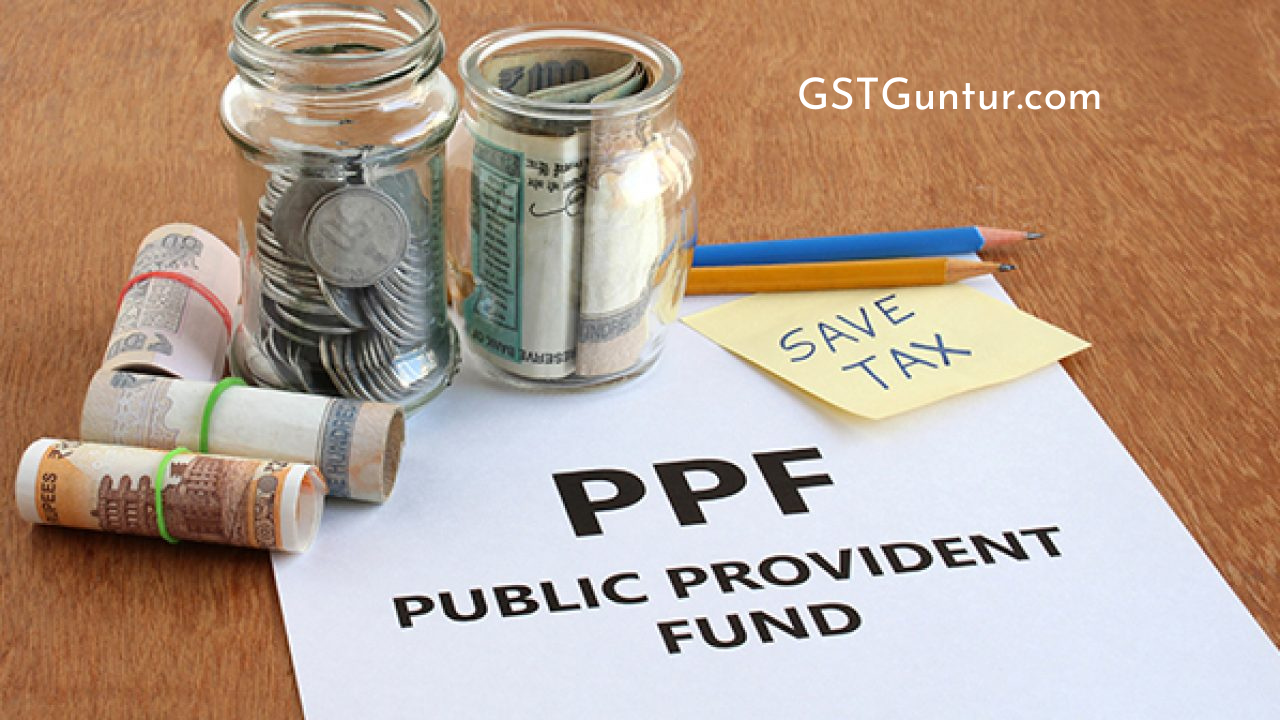
PPF Forms
- Form A – To open Public Provident Fund (PPF) Account
- Form B – To deposit amount in PPF Account, To repay loans taken against PPF account
- Form C – To make partial withdrawals from a PPF account
- Form D – To request a loan against a PPF account
- Form E – To add a nominee to a PPF account
- Form F – To make changes to PPF account nomination information
- Form G – To claim funds in a PPF account by a nominee
- Form H – To extend the maturity period of a PPF account
List of Banks where PPF Account can be Opened
- Andhra Bank
- Axis Bank
- Allahabad Bank
- Bank of Baroda
- Bank of India
- Bank of Maharashtra
- Canara Bank
- Central Bank of India
- Corporation Bank
- Dena Bank
- IDBI Bank
- ICICI Bank
- Indian Overseas Bank
- Oriental Bank of Commerce
- Punjab National Bank
- Punjab and Sind Bank
- State Bank of India (SBI)
- State Bank of Travancore
- State Bank of Hyderabad
- State Bank of Mysore
- State Bank of Bikaner and Jaipur
- State Bank of Patiala
- Union Bank of India
- United Bank of India
- Uco Bank
- Vijaya Bank
Extension of PPF Account Beyond 15 Years
The investment duration is set for 15 years. In this case, the investment period can be extended up to 5 years with or without further investments being made.
- No fresh investments made after maturity: the account holder will continue to enjoy the benefit of earning interest on the amount accrued and there is an ease in withdrawing funds freely once every financial year.
- Fresh investments made after maturity: in the case of fresh investments, the available balance in the account decides the interest calculated amount. Although, withdrawals are limited to only 60% of the amount in this case.
Loan against PPF
An individual is eligible to borrow from PPF between the 3rd and the 6th financial year of opening the PPF account. Loan facilities of the PPF are as follows;
- One can borrow from PPF between the 3rd and the 6th financial year of opening the PPF account.
- Exactly 25% of the amount can be taken up as a loan in the account of the individual at the end of the 2nd year immediately preceding the year in which the loan was applied. For example, if someone has applied for a loan from PPF in June 2014 at 25%, he/she will be eligible for a loan at 25% on 31st March 2014.
- The loan has to be repaid within 36 months and it can be repaid in total amount or two or more installments.
- The individual has to pay the interest amount within 2 months in installments after full repayment of the loan.
- Calculating the interest at 2% above the invested amount is commenced between the month following the month in which the loan was taken up to the last day of the month in which the last installment was repaid. (calculation of interest is done on the entire amount even-though if there were partial payments)
- An individual has to apply, fill and submit Form D along with the passbook of his/her account to get a loan.
- No security is required while availing of this loan and it has a lower interest rate as compared to availed personal loans from banks directly.
FAQ’s on PPF Public Provident Fund
Question 1.
An individual has a housing loan that exhausts his/her 80C exemption. Can he/she still invest in PPF(up to 1.5L) to get tax-free interest or will his/her interest be taxed or Is he/she not allowed to invest in PPF at all?
Answer:
The individual can invest in PPF up to a limit of Rs. 1,50,000 even if his/her total exemption amount exceeds 80C limits.
Question 2.
An individual’s PPF Account is reaching its maturity period on 10th March 2016, If he/she invests any amount in March this year, whether this investment will be eligible for Exemption under 80 C or Does he/she have to extend his/her account to be eligible?
Answer:
Yes, such investment will be eligible for deduction under section 80C whether the individual extends his/her account or not.
Question 3.
Can an individual’s Deposit in the PPF account be made by the income of the relevant year or Does he/she have to make it by his/her other investments or any previous savings?
Answer:
An individual can deposit the amount in PPF from any source, even from the loans he/she availed or his/her savings.
Question 4.
An individual contributed his funds to his wife’s and my son’s PPF account, can he enjoy this benefit under section 80C in his ITR?
Answer:
No, in such a case only the individual’s wife can take a deduction under section 80C. He can take a deduction in his account only when his son is minor but the total limit remains Rs. 1.5 lakhs.
Question 5.
Are tax deductions under section 80C and tax-free interest also available for extended accounts after 15 years?
Answer:
Yes, tax deductions and tax-free interest are available for the whole life of the PPF account.
Question 6.
Whether interest earned is treated as reinvestment like NSC and its deduction available?
Answer:
No, in PPF interest earned is exempt from tax and not considered as reinvestment.
Question 7.
Can an individual open two PPF accounts in two different banks?
Answer:
No, An individual can only open one PPF account at a time.

